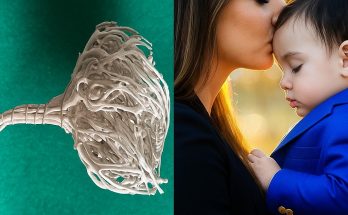Introduction
Urinary incontinence, commonly referred to as bladder weakness, is a condition characterized by the involuntary leakage of urine. It can have a significant impact on an individual’s quality of life, affecting their physical, emotional, and social well-being. In this article, we explore the causes of urinary incontinence and discuss various treatment options available to manage this condition effectively.
Understanding Urinary Incontinence
Urinary incontinence occurs when the muscles and nerves that control bladder function are weakened or damaged, leading to difficulties in controlling urine flow. This condition can manifest in various forms, including stress incontinence (leakage during physical activity or exertion), urge incontinence (sudden and intense urge to urinate), and overflow incontinence (inability to empty the bladder completely).
Causes of Urinary Incontinence
- Muscle Weakness: Weakness or damage to the muscles of the pelvic floor, which support the bladder and urethra, can lead to urinary incontinence.
- Nerve Damage: Conditions such as diabetes, multiple sclerosis, and spinal cord injuries can affect nerve function, disrupting signals between the bladder and brain.
- Hormonal Changes: Changes in hormone levels, particularly during pregnancy and menopause, can contribute to bladder weakness and urinary incontinence.
- Urinary Tract Infections (UTIs): Infections of the urinary tract can irritate the bladder and cause temporary episodes of incontinence.
- Medications: Certain medications, such as diuretics, sedatives, and muscle relaxants, can affect bladder function and contribute to urinary incontinence.






Treatment Options for Urinary Incontinence
- Lifestyle Modifications: Making lifestyle changes can often help improve symptoms of urinary incontinence. These may include:
- Maintaining a healthy weight
- Avoiding foods and beverages that irritate the bladder, such as caffeine and alcohol
- Performing pelvic floor exercises (Kegels) to strengthen the muscles that control urination
- Behavioral Therapies: Behavioral therapies aim to retrain the bladder and improve control over urination. Techniques may include:
- Scheduled voiding: Establishing a regular bathroom schedule to empty the bladder at set intervals
- Bladder training: Gradually increasing the time between bathroom visits to extend bladder capacity
- Medications: In some cases, medications may be prescribed to help manage urinary incontinence. These may include:
- Anticholinergic drugs: These medications help relax the bladder muscles and reduce urinary urgency and frequency.
- Topical estrogen therapy: Estrogen creams or patches may be recommended for postmenopausal women to improve bladder tone and function.
- Medical Devices: Certain medical devices, such as urethral inserts or pessaries, can provide support to the bladder and help prevent leakage.
- Surgery: In cases of severe or refractory urinary incontinence, surgical interventions may be considered. Surgical options may include:
- Sling procedures: Placement of a supportive sling around the urethra to provide additional support.
- Bladder neck suspension: Surgical lifting of the bladder neck to improve urinary control.
Conclusion
Urinary incontinence is a common condition that can significantly impact an individual’s quality of life. Understanding the causes and available treatment options is essential for effectively managing bladder weakness and improving urinary control. By implementing lifestyle modifications, behavioral therapies, and, when necessary, medical interventions, individuals can regain confidence and independence in managing urinary incontinence.



